TABLE OF CONTENTS
In this brief article we have attempt to demystify what cannabis strains for migraines are the best.
It is estimated that in the US, approximately 13% of the adult population suffer from migraines, which translates to about 37 million people.
Migraines are more common in women than men and can last as long as 72 hours. Cases of chronic migraines involve one having migraines for approximately half the month, that is a whopping 15 days.
Every migraine sufferer has a different experience. It can result in intense throbbing pain or pulsing sensation mostly occurring on either side of the head. A migraine attack may last for hours or even days, and its regularity can be once or twice monthly or even as frequent as every other day.
Severe migraine pain can be debilitating and make it difficult for one to carry out their normal daily activities. If you have experienced a migraine before you should be well aware of what is being talked about here. But is there hope in cannabis strains?
Migraines are often preceded or come together with warning signs like flashes of light, nausea, vomiting and increased sensitivity to sound and light, tingling in the extremities and blind spots.
What Triggers Migraines and Can Cannabis Offer Any Hope?
The cause of migraines is idiopathic though certain triggers have been identified.
Triggers vary from person to person, and even then, what sets off a migraine attack is not an exact science.
However, identifying what your trigger might be can help you nip it in the bud. Some of the common triggers include:
- Allergies: Seasonal or allergic reactions to certain elements.
- Irregular Environments: Uncharacteristically loud noises or bright lights, including party lights and other strong elements that assault the senses like strong smells could set off migraines.
- Stress: This stress could be work related, tension, physical or even the onset of depression.
- Sleep: Sleep deprivation, irregular sleep patterns or jet lag could cause migraines.
- Change of Diet: Change in eating patterns, that is eating too much, too little, skipping a meal or eating some specific foods that contain substances such as nitrates or tyramine could trigger a migraine.
Due to the debilitating pain migraine sufferers frequently suffer from depression.
There being not one particular treatment for migraines, people resort to different methods to help ease the symptoms. From employing a variety of home remedies like changing their diets to taking a nap in a dark, quiet room, to taking conventional, over the counter drugs.
The conventional treatment of migraines involves taking prescribed anti-inflammatory drugs like ibuprofen or aspirin, narcotics, triptans like imitrex and frova and ergots.
It does not come as a surprise that cannabis is now being considered as an alternative to conventional medicine in the treatment of migraines. Though research in its effectiveness has been limited by both federal restrictions and lack of funding, recent studies show positive results in the effectiveness of both the prevention and treatment of migraines.
A study carried out at the University of Colorado Showed that 40% of the subjects on a case study showed positive effects, with migraines decreasing from approximately 10.4 a month to 4.6.
Can Cannabis Treat Your Migraine?
In as much as the use of medicinal cannabis has shown positive results in the treatment and management of migraines, it is key to note that you need to find the right strain with the right balance of traits and cannabinoids. Consulting with a medical marijuana expert will help you pick the right one as the wrong one could have the opposite effect of triggering a migraine due to causing allergic reactions or other properties like making your heart race.
For starters, we will point you in the direction of some strains that might have the properties to actually help you with your migraine.
Top 10 Cannabis Strains for Migraines
1. OG Kush
The high THC in this common strain gives immediate relief while its CBD helps support long term relief. It also has powerful sedative qualities that will reduce the effects of the migraine.
It’s best to take this strain on the onset of the migraine.
2. ACDC
For pain relief without psychoactive effects, this is a great strain. Its high CBD content of upwards of 19% and ratio of 1:20 THC/CBD make it perfect for proving relief without a particular high. It also has anti-inflammatory properties that are very helpful in managing migraines.
3. Green Crack (Sativa)
This Sativa strain has proven to give instant relief to migraine pain and is thus a favorite.
4. AK-47 (Hybrid)
This potent strain will also give immediate relief to migraines due to its well-balanced THC-CBD combination. It has a smooth smoke and is generally not too irritating, even to new smokers.
5. Harlequin
Though rare, it has a great reputation for controlling pain. It typical composition of 4-7% THC and 8-16% CBD allows for great pain relief without intense psychoactive effects. Like other strains of cannabis taken for migraines, it should be taken at the first sign for best results.
6. Pineapple Express
Now, this is one sweet strain that has more than one use. This delicious strain has a 17% THC content, and is very effective in the treatment of migraines and other pains in general.
7. Remedy
This is another perfect strain for managing migraines without getting high. The fact that it is an indica strain that has a CBD level of 15% and very little THC make it a great remedy, quite literally. It produces a mellow state and reduces inflammation connected with migraines.
8. Northern Lights
This popular true indica strain is very effective in both inducing relaxation and reducing pain, which includes chronic or acute migraine headaches.
“
There are over 300,000 jobs in the cannabis industry. CTU trained me for one of them!

Makes $24.50 @ THC +
9. Canna-Tsu
Best known for inducing calming effects accompanied by mental clarity, Canna-Tsu contains high CBD levels. These levels will reduce inflammation and manage pain, both great aspects in managing migraines.
10. Purple Kush
In some migraine cases, sleep is definitely the best remedy. Purple Kush is a bedtime strain that will induce relaxation and sedation as well as give you a euphoric high which will reduce the intensity of your migraines due to its quite high THC levels of 17-22%.
Conclusion
With the increase in life pressures and bad publicity of over the counter drugs, it comes as no surprise that more migraine sufferers are opting for alternative methods of treatment. We have hopefully shed some light on some cannabis strains that are good for migraines.

Fred Hernandez
Fred Hernandez is a highly accomplished and versatile writer, boasting an extensive background in the cannabis industry. With an in-depth understanding of various sectors including cultivators, processors, retailers, and brands, Fred's expertise spans across the entire cannabis landscape. As a prominent contributor to CTU, he consistently delivers insightful articles exploring the latest developments, news, and regulations shaping the cannabis industry. Whether it's delving into the intricacies of cannabis products, cannabis strain reviews, or providing comprehensive analyses of cannabis laws, or sharing expert insights on cannabis cultivation techniques, Fred's wealth of knowledge positions him as an invaluable writer and educator for all cannabis-related subjects.


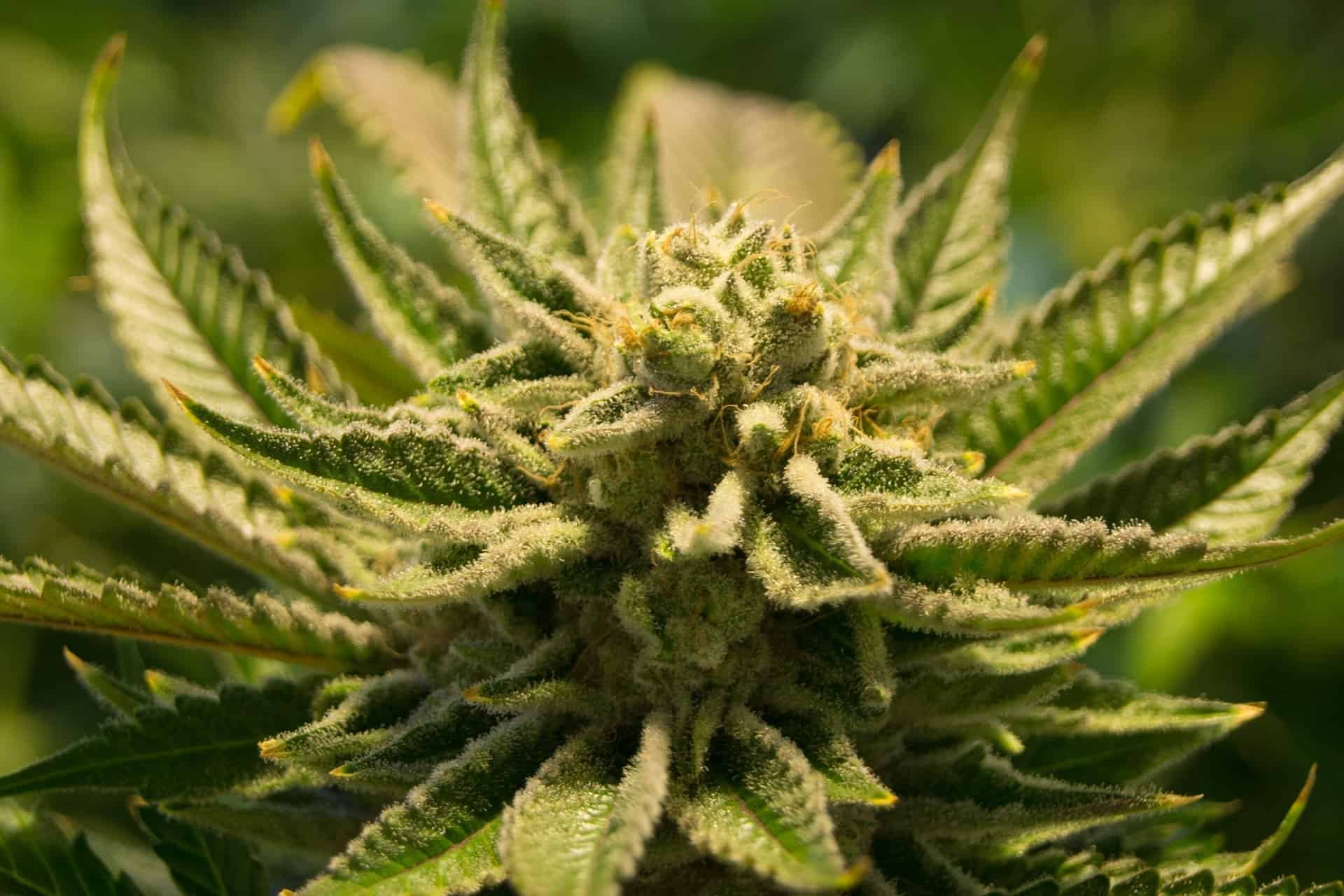



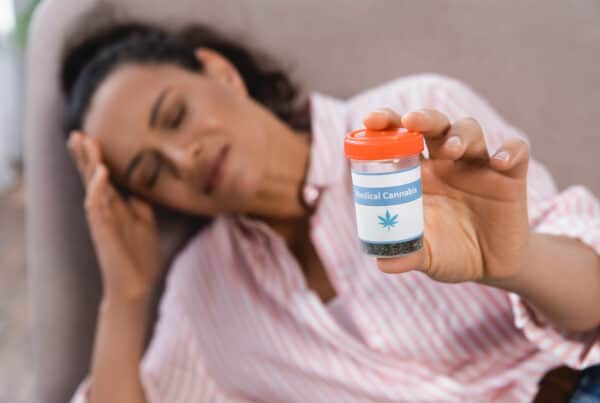
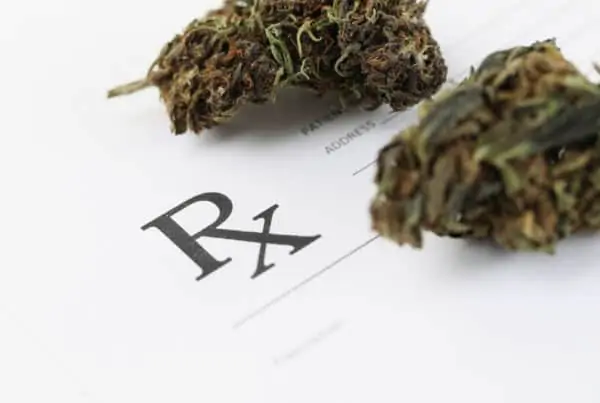
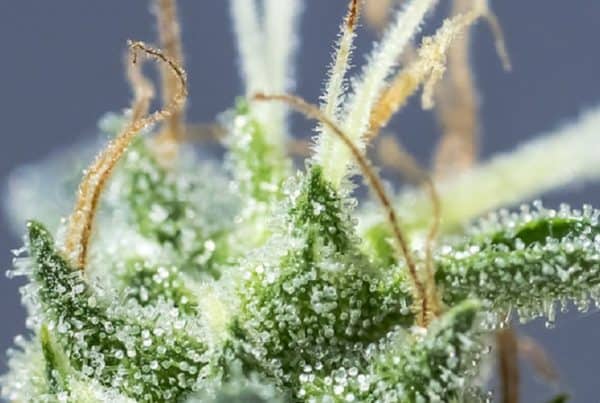
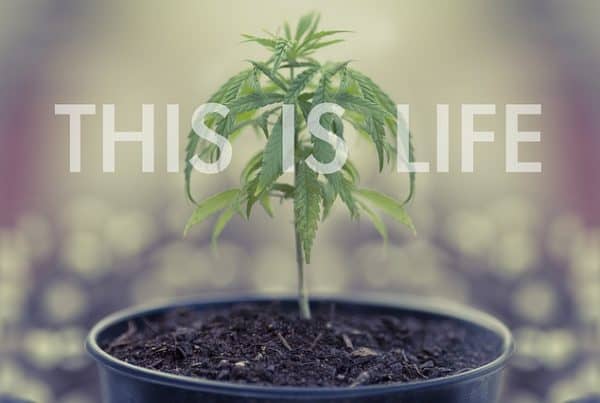
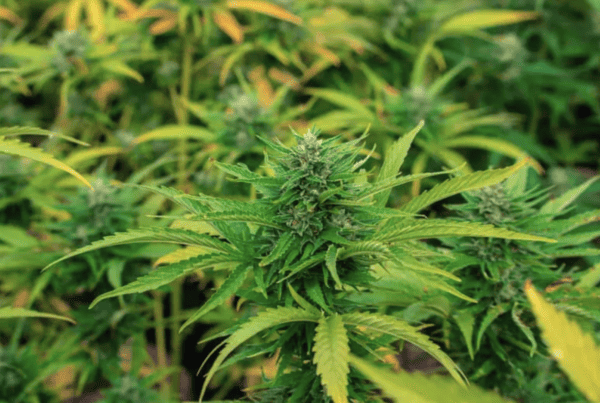

 Jeff was involved in an accident where he endured a traumatic brain injury. He had a week-long stay in ICU where brain surgeons
Jeff was involved in an accident where he endured a traumatic brain injury. He had a week-long stay in ICU where brain surgeons  100% risk free money back guarantee within 48 hours after purchase if student has not completed any of the courses or exams.
100% risk free money back guarantee within 48 hours after purchase if student has not completed any of the courses or exams.